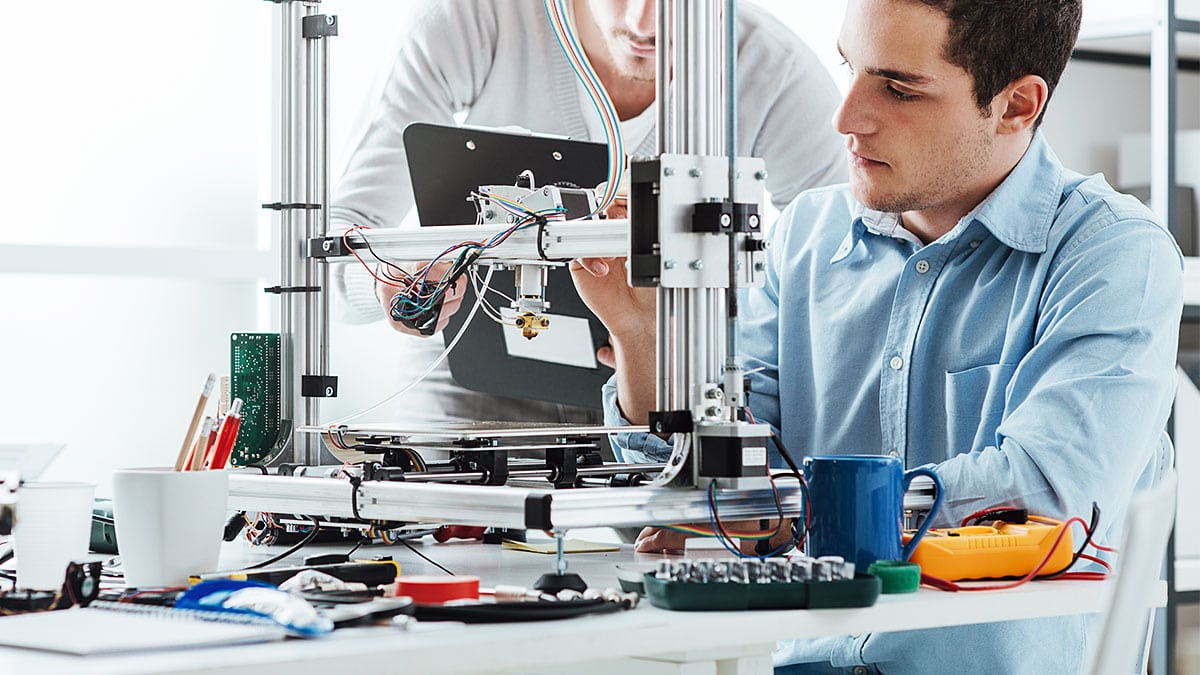Just a few decades ago, engineering technicians wouldn’t have had the help of complex computer programs like AutoCAD and Revit. In fact, using the help of a computer to create designs would have seemed like science fiction! Today, CAD technicians everywhere use these complex computer programs to bring their visions to life.
What’s the next new frontier for CAD? Sending designs up into space sound! Today, it might sound like science fiction, however, if current trends continue, it might soon be the norm for the engineering CAD technicians of the future. Here’s a look at why NASA is interested in printing CAD designs in space, and what that might mean for future engineering CAD technicians.
Why Might 3D Printing be the Future of Space Exploration?
Shipping items up to the International Space Station isn’t very easy or affordable. In fact, according to some estimates, it costs an average of $10,000 per pound to send food, tools, and other supplies to space.
On top of that, the fast speed of a rocket launch puts a lot of pressure on items being shipped. Many durable items can make it through just fine, but delicate instruments with fine parts could be easily damaged, limiting which items can be sent to space.

3D printing could allow technicians to have their tool designs printed in space
To help overcome these challenges, NASA is investigating whether designs created here on Earth by engineering CAD technician program grads could be emailed to space and then printed by astronauts using a 3D printer.
There are several reasons why this option could help the International Space Station. For instance, it could help astronauts build a new tool if one breaks down, instead of having to wait for a replacement to be shipped. It might even enable astronauts to print delicate tools that would normally be damaged during the shipping process.
NASA has already conducted a few test experiments to see if 3D printers can be used in space. In 2012, astronauts at the International Space Station managed to print a ratchet wrench design that had been emailed to them from Earth. This test is an important breakthrough, as program manager for the space station’s 3D printer Niki Werkheiser points out:
“If you can transmit a file to the station as quickly as you can send an email, it opens up endless possibilities for all the types of things that you can make from CubeSat components to experiment hardware.”
Will the Engineering Technician of the Future Email Designs to Mars and the Moon?
Satellites and space stations aren’t the only places where the designs of professionals with CAD training for engineering might see their tools printed in 3D. In fact, some researchers are currently investigating whether it would be possible to email designs to 3D printers on the Moon or even Mars.
Just like they would for the space station, engineering technicians could email their designs to crews far away—helping to lower the cost of shipping new tools to these remote bases.
Building parts for rockets here on Earth could also become easier and faster to accomplish. As propulsion engineer the Marshall Space Flight Center Elizabeth Robertson notes:
“We now have a technology that could help make designs more efficient, more reliable and less expensive. This could lower the barriers to entry for non-traditional commercial partners to compete with more traditional partners and result in better, more affordable engines.”
Do you want to create innovative new designs and become a part of the future of CAD design?
Visit our website and explore our CAD technician diploma for engineering program!

